How To Use Sd Card As Internal Storage?
In today's digital age, the need for more storage space on our devices is ever-increasing. Whether it's for storing photos, videos, apps, or other data, running out of internal storage can be a significant inconvenience. One effective solution to this problem is to use an SD card as internal storage. This method can help expand your device's storage capacity, allowing you to store more data without having to delete existing files. In this article, we will explore the steps to use an SD card as internal storage, the benefits and drawbacks of doing so, and some practical tips to ensure a smooth experience.
Understanding the Concept
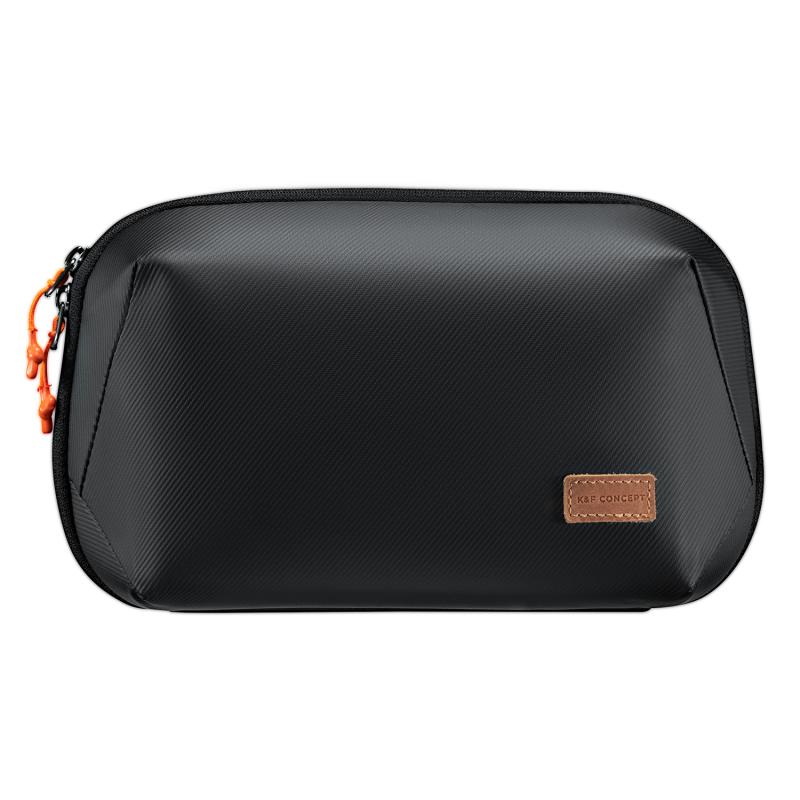
Before diving into the steps, it's essential to understand what it means to use an SD card as internal storage. Typically, SD cards are used as external storage, meaning they are separate from the device's built-in storage. When you use an SD card as internal storage, the device treats it as part of its built-in storage. This process is known as "adopting" the SD card. Once adopted, the SD card can store apps, app data, and other files just like the internal storage.
Benefits of Using an SD Card as Internal Storage
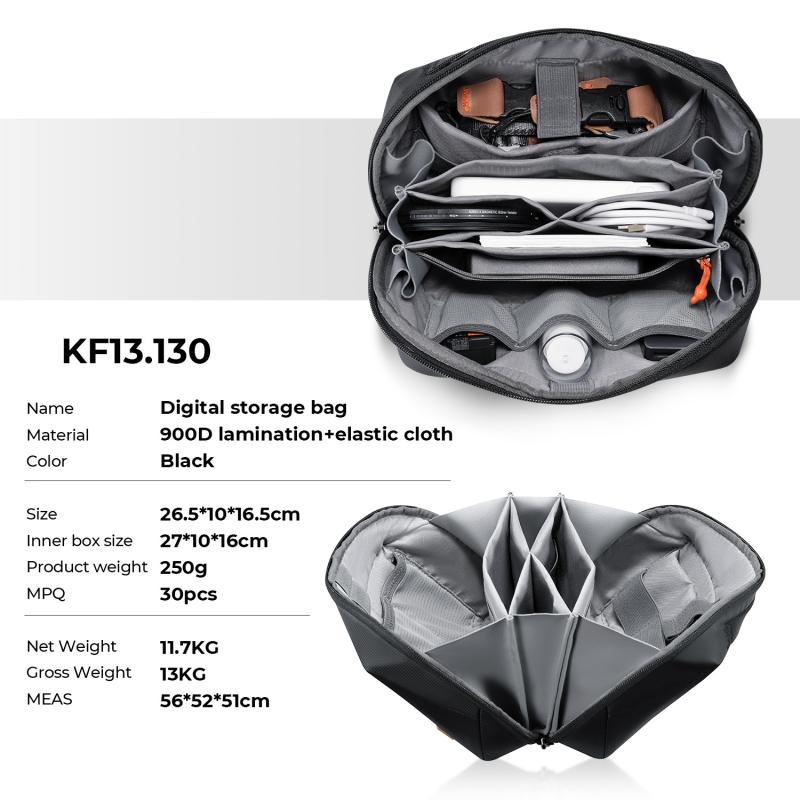
1. Increased Storage Capacity: The most obvious benefit is the increased storage space. This is particularly useful for devices with limited internal storage.
2. Cost-Effective: SD cards are generally cheaper than upgrading to a device with more internal storage.
3. Flexibility: You can choose the size of the SD card based on your needs, allowing for a customizable storage solution.
Drawbacks to Consider
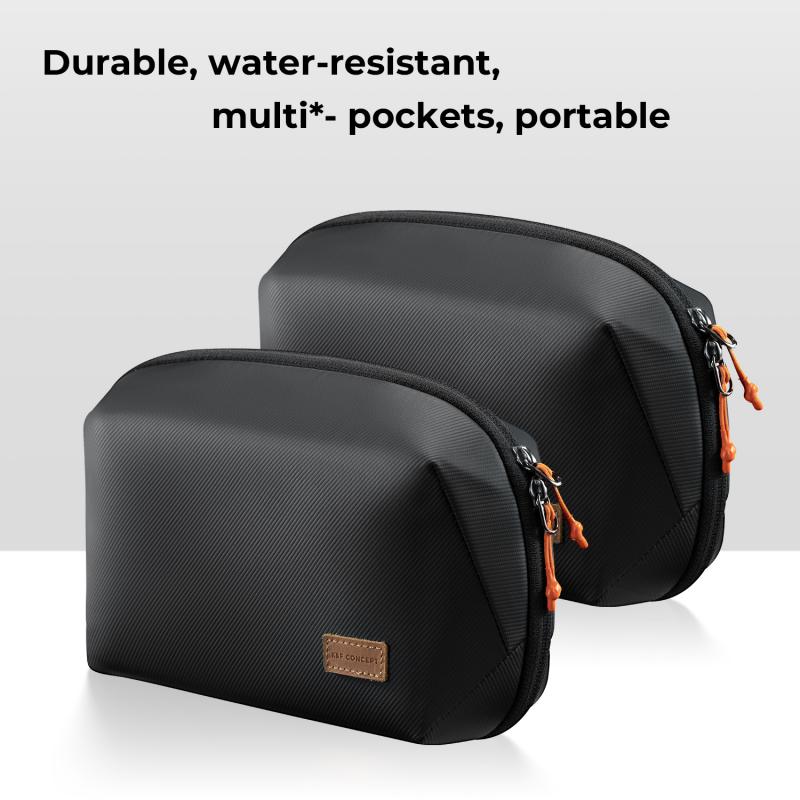
1. Performance Issues: Not all SD cards are created equal. Some may be slower than the device's internal storage, leading to performance issues.
2. Data Loss Risk: If the SD card fails, you could lose all the data stored on it.
3. Compatibility: Not all devices support using an SD card as internal storage. It's essential to check your device's compatibility before proceeding.
Steps to Use an SD Card as Internal Storage
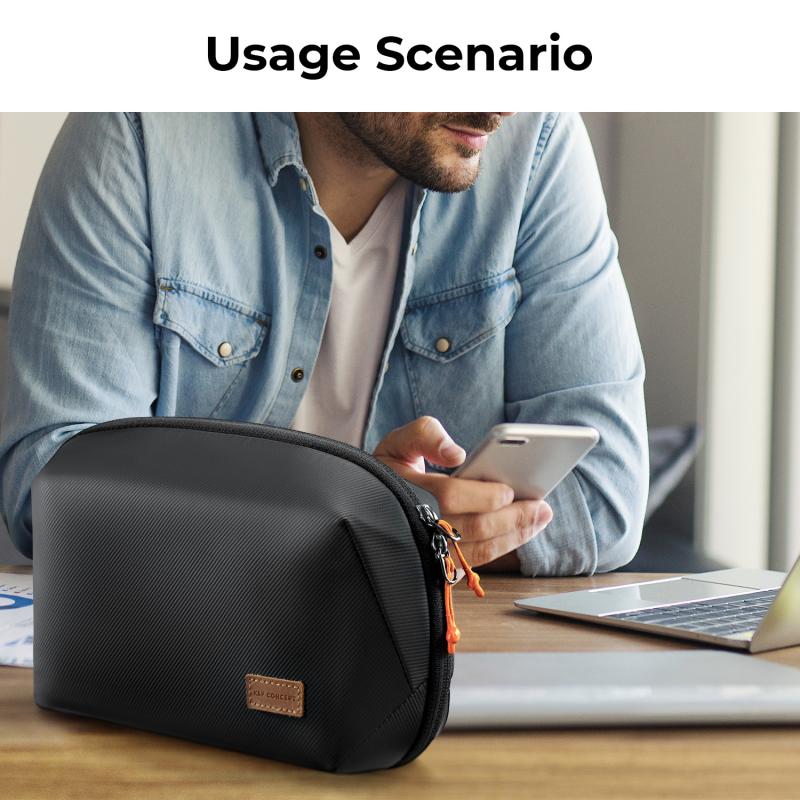
Step 1: Choose the Right SD Card
The first step is to choose an SD card that is compatible with your device and meets your storage needs. Look for an SD card with a high read/write speed to minimize performance issues. Class 10 or UHS-I cards are generally good choices.
Step 2: Backup Your Data
Before proceeding, it's crucial to back up any data on the SD card, as the process will format the card, erasing all existing data.
Step 3: Insert the SD Card
Insert the SD card into your device's SD card slot. Ensure it is properly seated to avoid any connection issues.
Step 4: Format the SD Card as Internal Storage
1. Go to Settings: Open the settings menu on your device.
2. Storage: Navigate to the storage section.
3. Select SD Card: Find the SD card in the list of storage options.
4. Format as Internal: Select the option to format the SD card as internal storage. This option may be labeled differently depending on your device, such as "Adopt as Internal" or "Use as Internal Storage."
5. Confirm: Follow the on-screen instructions to confirm the formatting process. This will erase all data on the SD card and prepare it for use as internal storage.
Step 5: Move Data to the SD Card
Once the SD card is formatted as internal storage, you can move existing data and apps to the SD card to free up space on the internal storage.
1. Go to Settings: Open the settings menu on your device.
2. Storage: Navigate to the storage section.
3. Move Data: Select the option to move data to the SD card. This may be labeled as "Migrate Data" or "Transfer Data."
Practical Tips for Using an SD Card as Internal Storage
1. Regular Backups: Regularly back up your data to avoid losing important files in case the SD card fails.
2. Monitor Performance: Keep an eye on your device's performance. If you notice significant slowdowns, consider upgrading to a faster SD card.
3. Avoid Frequent Removal: Once the SD card is adopted as internal storage, avoid removing it frequently, as this can cause data corruption and other issues.
4. Use Trusted Brands: Invest in SD cards from reputable brands to ensure reliability and performance.
Troubleshooting Common Issues
Issue 1: Device Not Recognizing SD Card
If your device does not recognize the SD card, try the following steps:
1. Reinsert the SD Card: Ensure the SD card is properly seated in the slot.
2. Restart Device: Restart your device to refresh the system.
3. Check Compatibility: Ensure the SD card is compatible with your device.
Issue 2: Slow Performance
If you experience slow performance after adopting the SD card as internal storage:
1. Upgrade SD Card: Consider upgrading to a faster SD card.
2. Clear Cache: Clear the cache of apps to free up space and improve performance.
3. Limit Background Apps: Limit the number of apps running in the background to reduce the load on the storage.
Issue 3: Data Corruption
If you encounter data corruption issues:
1. Backup Data: Regularly back up your data to avoid losing important files.
2. Avoid Frequent Removal: Avoid removing the SD card frequently to prevent data corruption.
3. Use Reliable SD Cards: Invest in high-quality SD cards from reputable brands.
Using an SD card as internal storage can be a practical solution to expand your device's storage capacity. By following the steps outlined in this article, you can effectively adopt an SD card as internal storage and enjoy the benefits of increased storage space. However, it's essential to be aware of the potential drawbacks and take necessary precautions to ensure a smooth experience. Regular backups, monitoring performance, and using reliable SD cards are key to making the most of this storage solution. With the right approach, you can overcome the limitations of your device's internal storage and enjoy a more seamless digital experience.

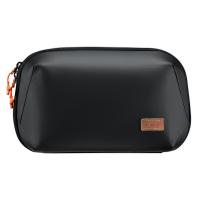

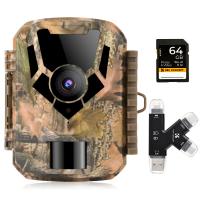
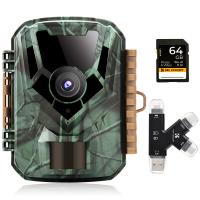





There are no comments for this blog.